If you’re relatively new to Stephen King, you might not know the terms constant reader or the Stephen King Multiverse. That’s why we’re here to break down the fiction universe you simply must know.
In many ways, that’s part of the beauty of King’s work. You can pick up individual novels or short stories and read them as standalone tales. You can also read them as individual jigsaw pieces that fit together to tell a bigger story.
Let’s dive in to the universe of theories about the many connected universes that the Maine author has created.
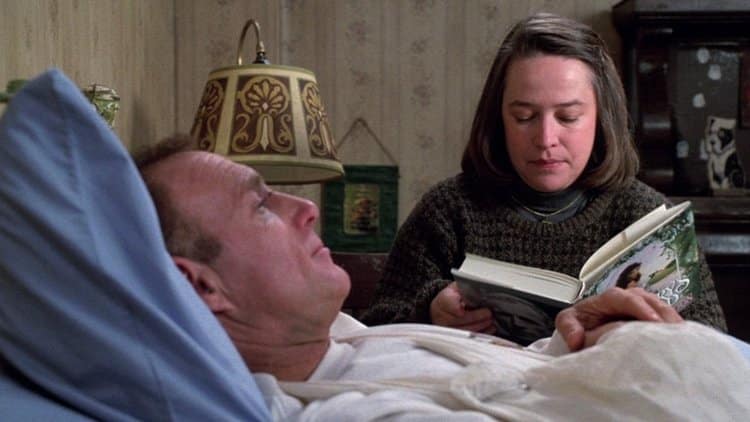
What Is A Constant Reader?
A Constant Reader is how King refers to his fans. They know the Stephen King Multiverse better than anyone. Constant Readers read all of his work… constantly. Ever since his wife Tabitha reclaimed the manuscript for Carrie from the trash and convinced him to keep on going.
King was an English teacher at the time in Hampden, Maine. It comes across in Carrie, his story of a high school girl with unusual powers. Carrie was first published in April 1974. It marked the beginning of a 40+ year career that shows no sign of slowing.
Some King readers argue that his work was better before he sobered up. Or before a car accident that had eerie real-life similarities to Paul Sheldon in Misery nearly killed him. We disagree. You only have to look at 11/22/63. The book is a recent entry into the Stephen King Multiverse. This 850-page behemoth, which mixes historical fiction with time travel to investigate what would happen if someone was able to travel back in time to stop the JFK assassination.
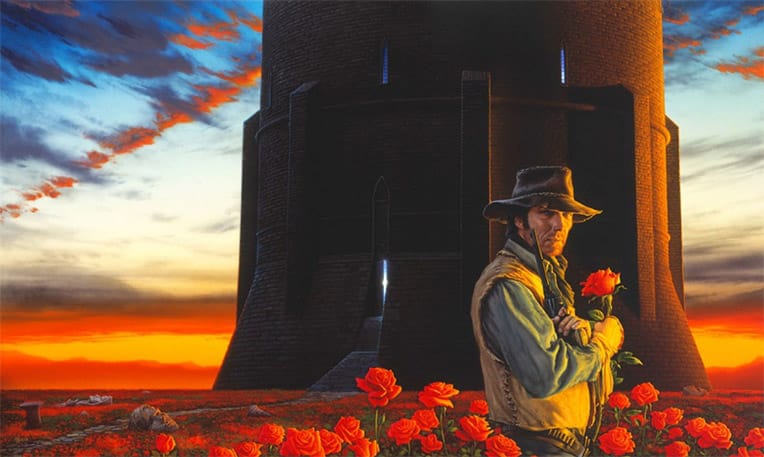
The Dark Tower
This series centers around Roland Deschain’s quest to stop the Crimson King from toppling the Dark Tower. Some readers might not realize that each installment is linked to what fans refer to as the Stephen King Multiverse. Many of these links occur within King’s iconic Dark Tower series novels.
For instance, Salem’s Lot’s Father Callaghan appears as a key character as does King himself. One of the key ideas in the seven-book series and spin-off stories is that “there are other worlds than these.”
Each of these other worlds is a universe unto itself, and they are all related. However, they’re also somehow different, like different spokes on a wheel. It’s the Dark Tower itself which acts as the hub, holding these “worlds” together. To make matters more complicated, these worlds are really alternate dimensions or universes.
This is an oversimplification of the Stephen King Multiverse, but it’s enough to do the job for the purposes of this article. King doesn’t always make the different tie-ins clear to his Constant Readers. Sometimes it’s simply this other worlds theory that helps to trace the links.
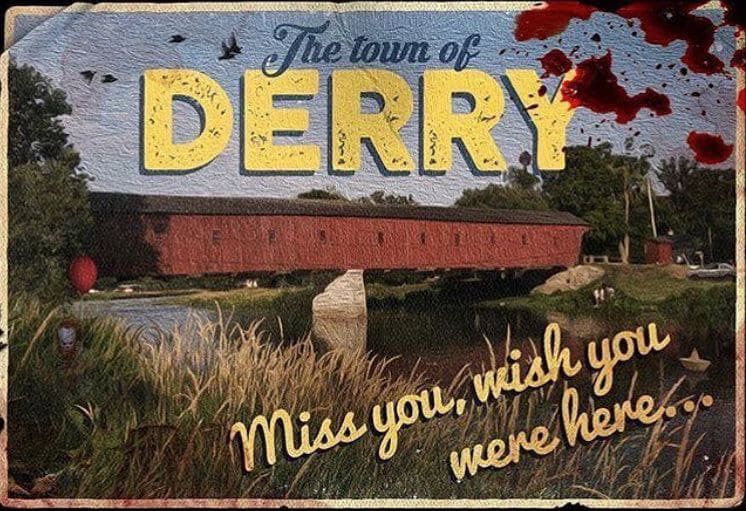
Signs of A Connected Universe
At other times, he’s much more on the nose. For example, there was a direct reference to It in the middle of Dreamcatcher. It came thanks to a piece of graffiti referencing the loser’s club and culminating with the phrase, “Pennywise lives.”
Dreamcatcher takes place predominantly in rural Maine, a backdrop that King returns to over and over again. Presumably this favorite location of King’s is because of that old adage that you should write what you know. It’s the same reason why so many of his characters are writers. However, by using Maine as a backdrop, King also created a cohesive universe where characters from one story appear in another.
For example, Constant Readers may notice that the following two fictional cities appear quite often. In some version, they’ve played a part in the following stories from the Stephen King Multiverse:
Derry, Maine
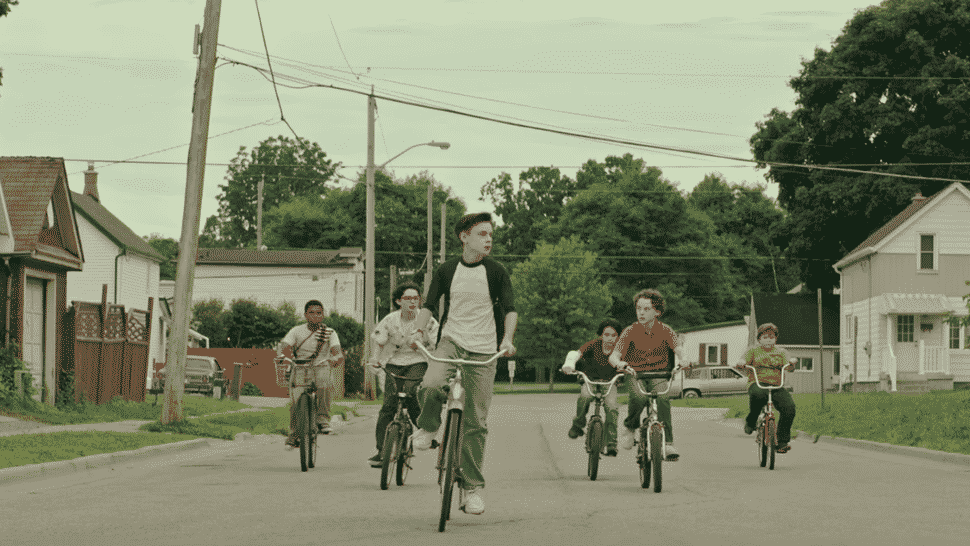
- 11/22/63
- Autopsy Room Four
- Bag of Bones,
- The Dark Tower
- Dreamcatcher
- Fair Extension
- Full Dark, No Stars
- Gerald’s Game
- Hearts in Atlantis
- IT
- Lisey’s Story
- Misery
- Mrs. Todd’s Shortcut
- Mute
- Needful Things
- The Night Flier
- Pet Sematary
- The Road Virus Heads North
- The Running Man
- Secret Window, Secret Garden
- Storm of the Century
- The Tommyknockers
- Uncle Otto’s Truck
- Under the Dome
Castle Rock, Maine
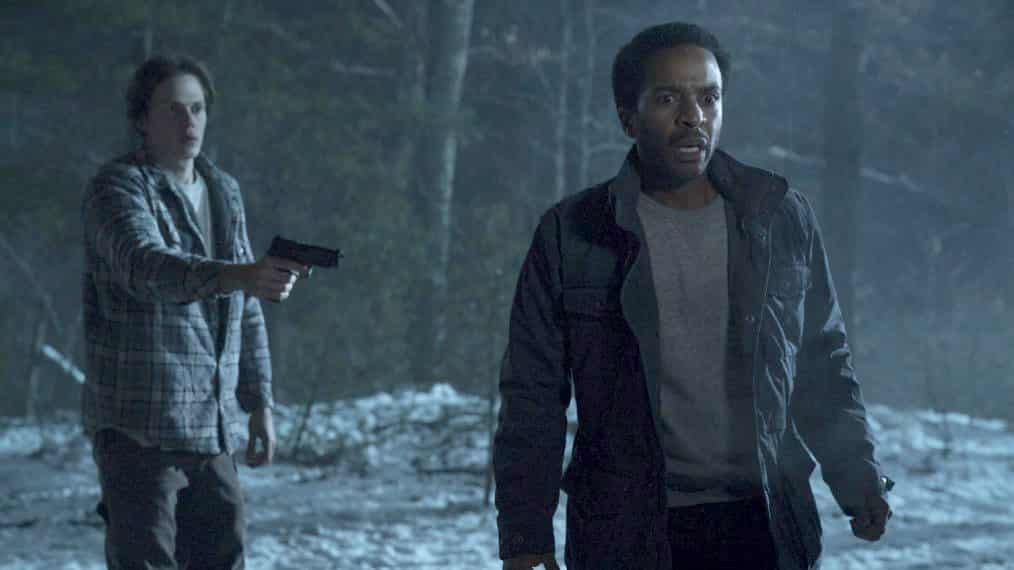
- 11/22/63
- A Good Marriage
- Bag of Bones
- The Body
- Creepshow
- Cujo
- The Dark Half
- The Dead Zone
- Doctor Sleep
- Dreamcatcher
- Drunken Fireworks
- Elevation
- Gerald’s Game
- The Girl Who Loved Tom Gordon
- Gramma
- Graveyard Shift
- Gwendy’s Button Box
- Gwendy’s Magic Feather
- It
- It Grows On You
- Kingdom Hospital
- Lisey’s Story
- The Man in the Black Suit
- The Mist
- Mrs. Todd’s Shortcut
- “N.”
- Needful Things
- Nona
- Pet Sematary
- Premium Harmony
- Revival
- Riding the Bullet
- Rita Hayworth and Shawshank Redemption
- Sleepwalkers
- The Stand
- Squad D
- The Sun Dog
- Uncle Otto’s Truck
- Under the Dome
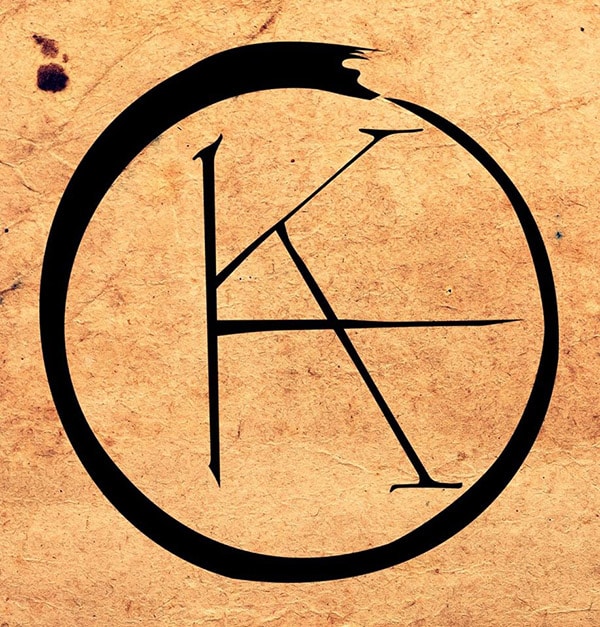
Ka & Ka-Tet
Not every one of King’s novels is a part of the multiverse. At least… officially. But there’s a whole community of fans which goes out of its way to identify as many different tie-ins as possible, from overt tie-ins like when a character is reading a Paul Sheldon novel (he’s the author protagonist of Misery) to more obscure tie-ins that are up for interpretation.
One thing that does seem to act as an undercurrent in each of King’s books is the idea of Ka. The term originates from the Dark Tower series. Ka is essentially King’s equivalent of destiny or karma. Its prevalence also seems to tie the Stephen King Multiverse together even tighter.
Ka receives mention either in passing or as a vital part of the story in Hearts in Atlantis, Desperation, Insomnia, The Tommyknockers, Rose Madder, and The Stand. There’s also the idea of a ka-tet. A ka-tet is essentially a group of people linked together by ka to work toward a common goal. One prime example is Roland and his little group in The Dark Tower series. This concept appears in It, The Stand, Desperation, Insomnia, Dreamcatcher and Duma Key, as well as throughout the Dark Tower books.

Randall Flagg
We’ve talked about Father Callaghan as a recurring character, but we haven’t yet talked about Randall Flagg. He’s the antagonist of the Dark Tower series and the sworn enemy of gunslinger Roland Deschain. However, Flagg first appeared as the epitome of evil in another Stephen King Multiverse novel: The Stand. He threatened to wipe out the world in the aftermath of a plague and wore a lot of denim.
Not to be confused with Stephen King’s big bad, The Crimson King, Flagg is like a magnet for evil. He draws all of the broken and malicious people to help wage war on the forces of good.
What’s interesting about Flagg is that his next appearance in the Stephen King Multiverse portrayed him as a much more human character. Although, still on the side of evil. In The Eyes of the Dragon, Flagg is a dark wizard who’s trying to bring down the city of Delain.
As a side note, The Eyes of the Dragon received backlash from some fairweather Constant Readers who didn’t like King’s dalliance with fantasy. That backlash inspired King to write Misery, about a crazed fan who’s not happy with her favorite author’s new novel. So, of course, she kidnaps him in order to force him to write a new version.
What’s in a Name?
Flagg’s most notable role is antagonist of the Dark Tower series. His role is essentially to stop Roland and his ka-tet from reaching the tower.
As if that wasn’t enough, Flagg appears under a number of aliases in other novels throughout the Stephen King Multiverse. Hegoes by the monikers The Walkin Dude, The Hardcase, Marten Broadwalk, Rudin Filario, Walter O’dim, the Dark Man, and the Man in Black. Many fans believe that He Who Walks Behind the Rows, the demonic fertility god in Children of the Corn, is also a manifestation of Randall Flagg.

Territories and Twinners
Twinners come from King’s 1984 release The Talisman, which he co-wrote with Peter Straub. Remember the idea from the Dark Tower that there are other worlds than these? In The Talisman and its sequel, Black House, Constant Readers learn two important Stephen King Multiverse concepts: the Territories and twinners.
The Territories are sort of like an alternate version of our own universe. Some of King’s characters have the ability to pass from one to the other. We also learn that a parallel version of some characters, known as twinners, exist in the Territories. Jack Sawyer, the novels’ protagonist, is only able to travel between the two universes because his twinner in the territories has died.
There are dozens of fan theories for potential twinners across the Stephen King Multiverse. Indeed, Constant Readers occasionally rely on a twinner that they’ve identified to tie a book back into the multiverse.
Just a few of the most interesting theorized twinners include Annie Wilkes from Misery and Dolores Claiborne. Or The Shining’s Jack Torrance and Steve Ames from Desperation and The Regulators. However, it’s not certain if those character are twinners from separate universes. Or how they fit in to the multiverse, if at all.

Other Stephen King Multiverse Tie-ins
In addition to the major tie-ins we’ve covered, there are plenty of more minor tie-ins across King’s universes worth mentioning.
For example, the Dark Tower novels mention The Shining, as well as Danny and Jack Torrance. A lot of these little Easter eggs relate back to the Dark Tower. For example, in Pet Sematary, Oz the Great and Terrible receives mention throughout as a symbol of death. Part of Wizard and Glass takes part in Oz’s palace as Roland and his ka-tet pay a visit.
One Constant Reader favorite is the pharmacy in Bridgton. It comes up in everything from the Dark Tower to The Mist, Cujo, and Dreamcatcher.
There are little things too within the Stephen King Multiverse, such as the references to a magazine called Inside View. Then there are more on-the-nose references such as the character of Clayton Riddell in Cell. Clayton Riddell, who could be the twinner of illustrator Chris Riddell, writes a familiar sounding series called The Dark Wanderer. Its main character is named Ray Damon (the same initials as Roland Deschain).
There’s even a children’s ride called Charlie the Choo-Choo, which reappears in The Waste Lands.
How Big is the Stephen King Multiverse?
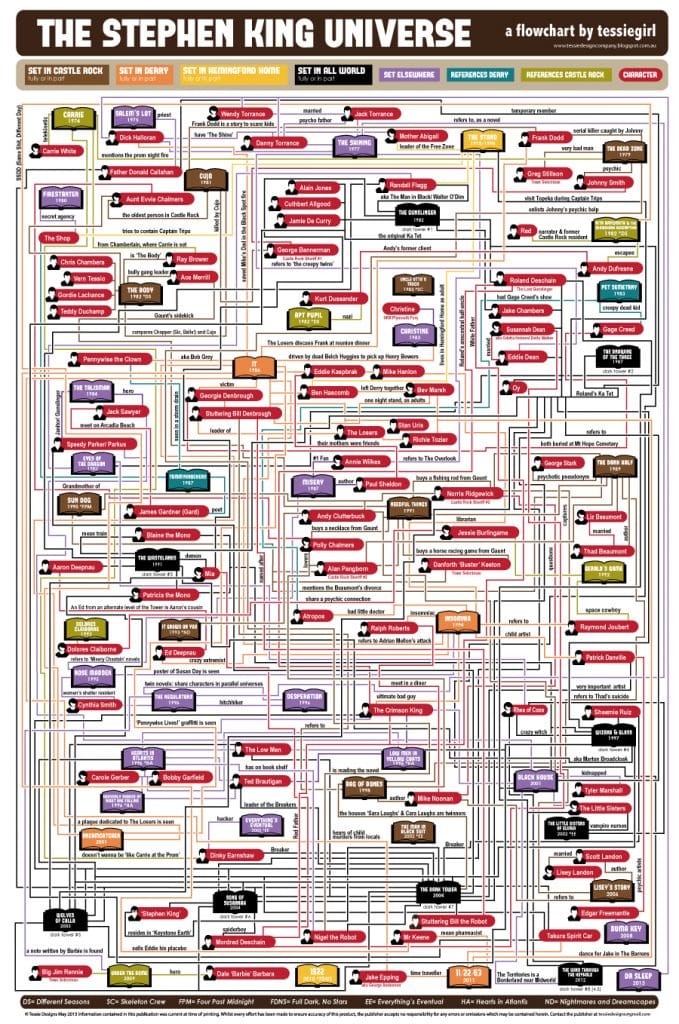
Oh, The Stephen King Multiverse is more massive than the Crimson King himself. Blogger and graphic designer Tessiegirl created an impressive flowchart that shows all of the different tie-ins, and it’s literally so big that the best way to see it is to buy a printed copy of it from her Etsy store.
No one can even agree on how many books King’s written. The New York Times pins the number down as 61 novels and 7 non-fiction books. Google says the number is “at least 99”. This isn’t even counting his many short stories.
Understanding how big the multiverse is requires visualizing it as a web with different books acting as nodes.
Every Stephen King Multiverse book is not directly connected to each and every other book in the Stephen King Multiverse. Yet, each book connects to at least one other book in the web. We can trace paths from one book to another by travelling through an intermediary book. It’s a lot like the Six Degrees of the Stephen King Multiverse.
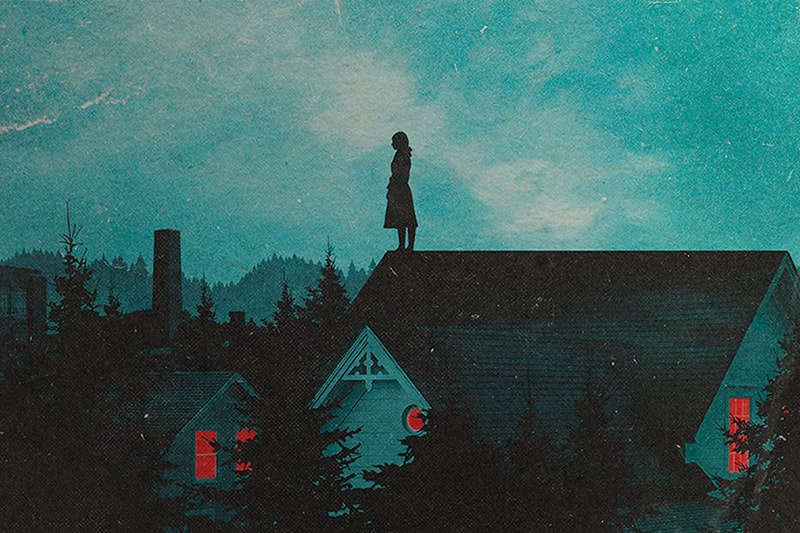
Are All of Stephen King’s Books Connected?
Do all Stephen King books take place in the same universe or series of connected universes? In short, most do, yes.
But another way of thinking about it is like the literary equivalent of the Marvel universe. Most all of his books work together to tell one overall narrative. There are crossovers (Father Callaghan in the Dark Tower), references (“Pennywise lives” in Dreamcatcher), direct sequels (The Shining and Dr. Sleep) and more.
Determining the actual size of the multiverse becomes pretty difficult. If we accept the figure of 61 novels and 7 non-fiction books, that makes a total of 68. After all, his non-fiction counts too. Why? Remember, Stephen King himself shows up in at least one of the universes inside the King Multiverse.
Establishing that number is one thing, but determining the number of threads that interconnect them is something else entirely.
Exploring the Stephen King Multiverse
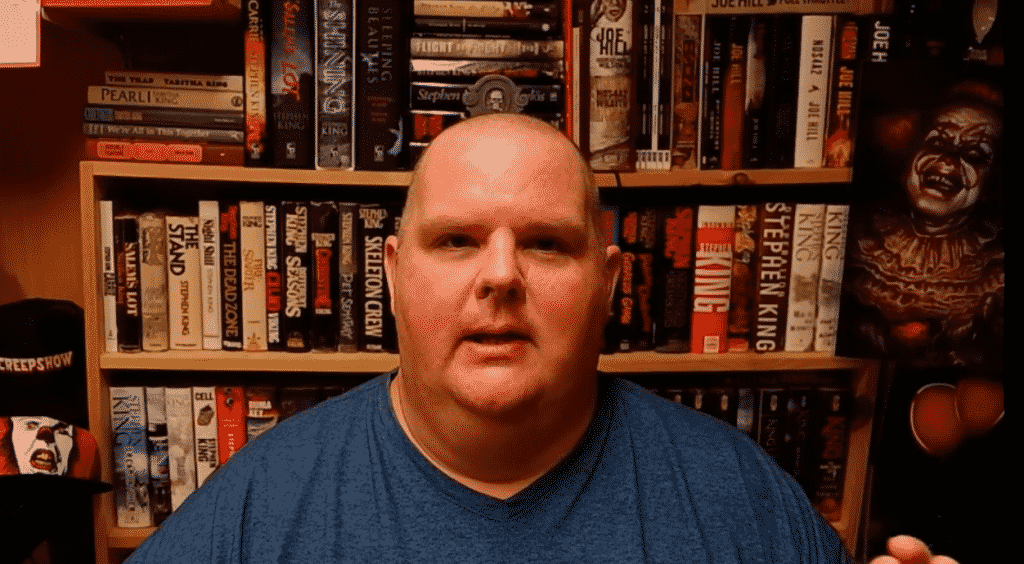
King isn’t always clear on his tie-ins, and this is a good thing. It leaves plenty of room for interpretation. And it also means that there’s no need to read his books in publication order.
Edward Lorn, who’s an indie author as well as a Constant Reader, has been creating Thursday Theorist videos. Every Thursday, he reviews a new Stephen King novel and highlights every tie-in to the Stephen King Multiverse that he can find. For some of the books, he’s been reading them for the tenth time. That takes a Roland Deschain-level of commitment.
How to Read the Stephen King Multiverse
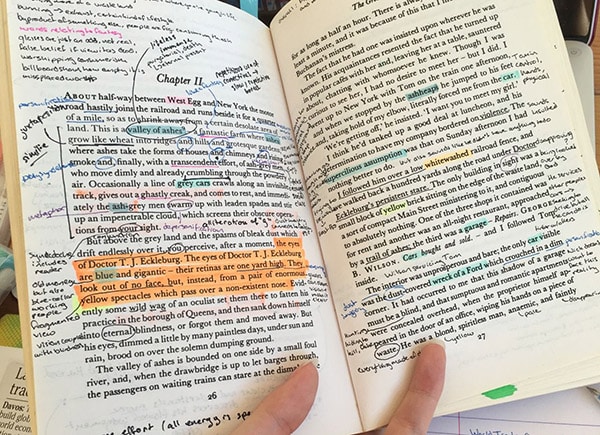
One suggestion is reading your next book from the Stephen King Multiverse with a set of little sticky notes so that you can flag every reference to another one of his books.
Alternatively, there’s a lot of information online about the different tie-ins. Indeed, you’ll be able to explore the Stephen King Multiverse up close and personal if you read one of the books, flag every reference you see, and cross-reference reviews when you’ve finished to see what you missed.
You might be surprised at the number of connections!
Conclusion
Ultimately, there are so many tie-ins (across so many books) in the Stephen King Multiverse that no blog post could hope to cover them all. With that said, we’ve given you enough of an overview for it to give you the bug. Now, you too can be a Constant Reader and discover all of the tie-ins throughout King’s work.
The real question is a simple one: which of his stories–or universes–will you pick up next?

Nice!
And of course, the powers of telepathy, telekinesis, and even occasionally pyrokensis, are prevelant thought-out his writings.